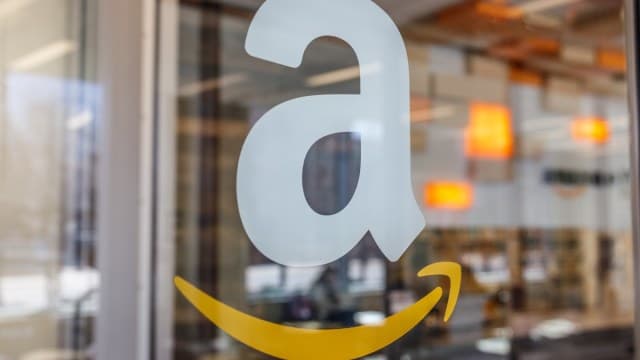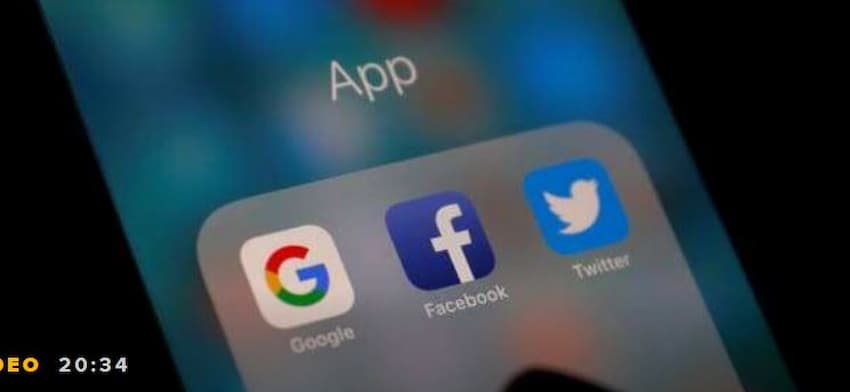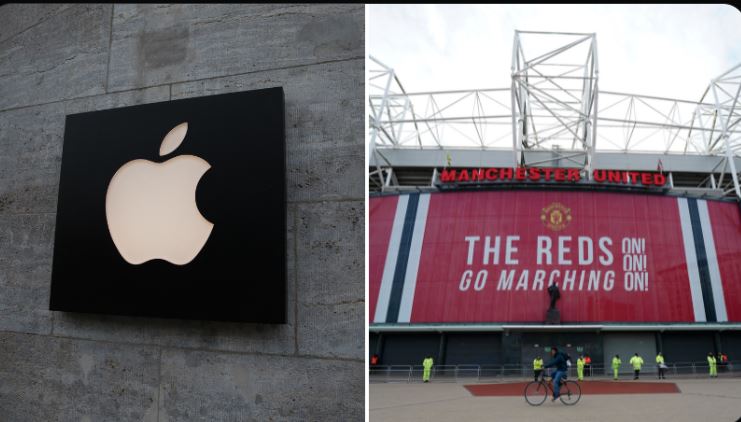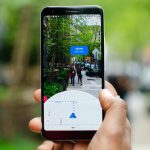Amazon has reportedly announced a new technology that will allow shoppers to pay for their groceries using their palms.
If Amazon’s new technology becomes widely accepted, wallets, debit cards, or even smartphones might not be as important as our palms when we go out.
We might soon start checking twice to see if we have our palms on us before leaving the house.
On Tuesday, Amazon announced its new Amazon One technology.
Allegedly, the technology allows shoppers to pay for their groceries in-store using their palms.
Amazon One works just like facial recognition systems.
However, it works with palms instead.
It identifies a person by checking the shape of their palms and looking at the veins’ arrangement under their skin.

Although the technology can be used for payments, Amazon says it’s primarily an identification technology.
As such, the future use of this technology could be limitless.
With this, we might be able to use our palms as tickets to a football game. Or in place of our entry cards at the office.
One swipe and we are good to go.
Although considering that Amazon has never been particularly concerned about users’ privacy in the past, this technology raises concerns.
Suppose a company can identify you by your palm. In that case, you’d want to be sure that they’ll fully protect your private information.
But, judging from the past, Amazon is not one to trust on security issues.
Hence, many experts are doubtful of this new technology’s safety and for a good reason.
How does Amazon One technology work?
The technology is relatively easy to understand. Scanning technology has become commonplace in today’s world.
Scientists have designed several technologies to scan luggage, face, fingerprint, and palm over the years. This one is not so different either.
Amazon explains the technology on its FAQ page.
According to the post, the technology identifies a subject by looking at the structure of their palms.
It considers surface-area details such as lines and ridges and also considers vein structure.
Although Amazon doesn’t say precisely how to achieve this, we know that infrared technology plays a significant role whenever vein scanning is involved.
Infrared lights are usually used to penetrate through the skin and analyze the vein.
How does this technology complete payments?
Interestingly, Amazon says that customers can quickly sign up on Amazon One.
All they need to do is insert their credit card into the scanner.
After that, they’d be required to register one or both of their palms.
Having collected both information, Amazon One will be able to identify the subject without skin contact.
ALSO READ: What to do if Your Phone is Tapped or Being Monitored: Sure Hacks and Codes
The advantage
This method is better than the biometrics in several ways.
One advantage is that, in this case, hackers cannot collect the information used for verification outside the subject’s consent easily.
With fingerprints, users are susceptible to impersonation if someone picks up their fingerprint from an object.
Hackers can also photograph faces or fingerprints of a subject from a distance.
But, with palm scanning, it’s a lot more twisted.
You can’t view vein patterns from surfaces. Neither can they be easily formulated from a picture of one’s palms.
Also, palm scanning makes it easy to add a liveliness test.
The test helps to verify that the owner of the palm is alive and present.

However, palm scanning technology is not all invincible.
Hackers have shown in the past that they can bypass any system.
They can clone your home or office keys without touching them.
And yes, they can create fake hands that can trick some scanners.
A lot of users might be skeptical about how safe this technology will be.
But, it sure sounds like a technology that can transform several processes and make things much easier.
And that’s a technology that we at Techuncode will gladly say welcome to.
That is, as long as Amazon can guarantee users privacy and security.
What do you think about this technology? Would you be willing to use it if it’s available in your state?
Let us know in the comment section.



















 and then
and then